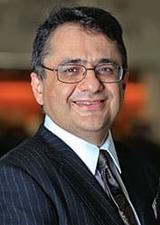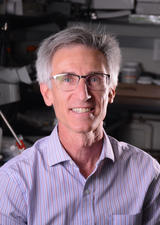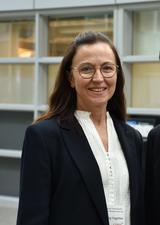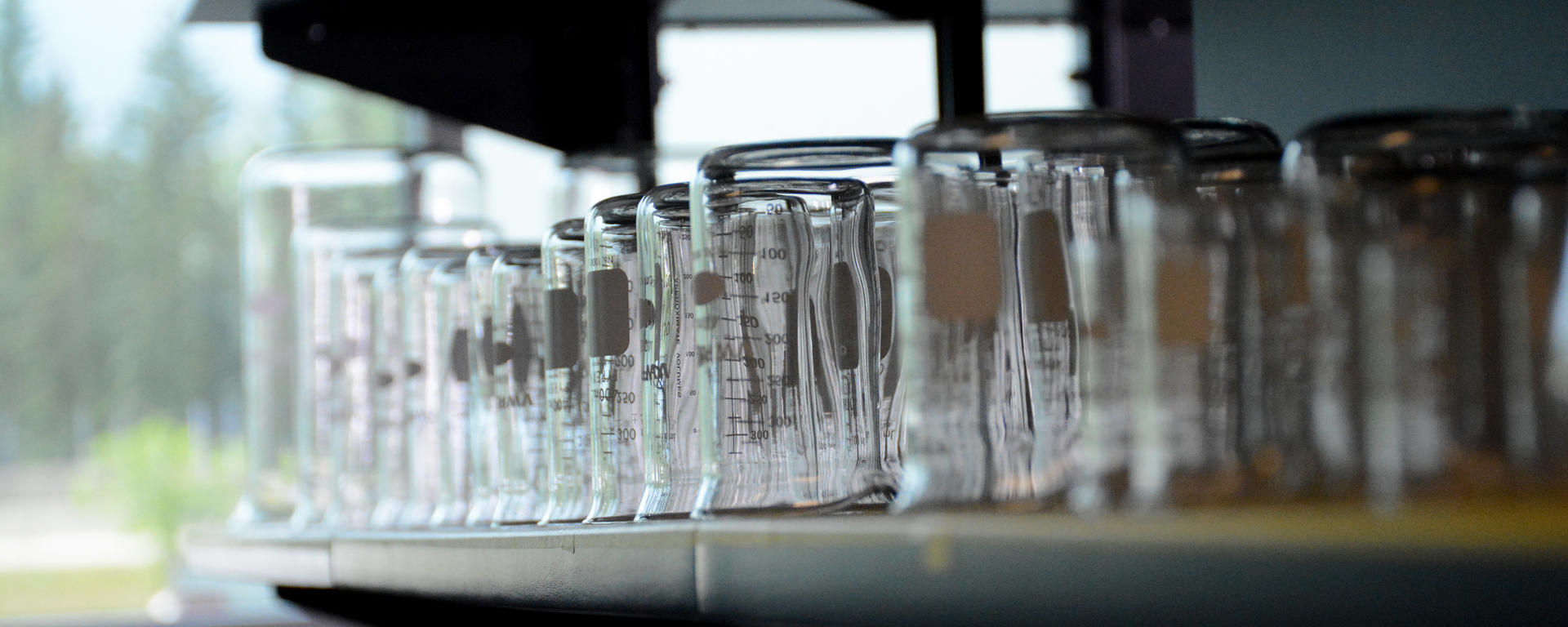
Fixing the heart from within
Dr. Justin Deniset, PhD, recently joined the Libin Cardiovascular Institute. His work focuses on how the immune system contributes to normal heart function and how it modulates the healing response in the heart following infection or injury, such as a heart attack.
According to Deniset, an assistant professor in the departments of Physiology and Pharmacology and Cardiac Sciences at the Cumming School of Medicine, it’s an important area of research, because more people are developing heart failure, due to an increased rate of survival of heart attacks and other heart conditions.

It's all in the data
Using data from tens of thousands of patients to pinpoint diagnosis, best treatment and likely outcomes for individuals might sound like something out a science fiction novel, but researchers are doing just that.
Dr. Joon Lee, PhD, a health data science and machine learning researcher at the University of Calgary’s Cumming School of Medicine (CSM), is passionate about using artificial intelligence (AI) technology in health care to improve lives.

Researcher focuses on restenosis
Angioplasty, stenting and other similar procedures done to open occluded arteries save thousands of lives each year. But these revascularization procedures also have side effects.
About 40 per cent of people who undergo angioplasty, which involves removing build-up in the heart’s arteries using a balloon-like device inserted through a catheter, suffer from restenosis, a gradual re-narrowing of the artery after a blockage has been treated. Restenosis occurs because of tissue growth (scarring) at the site of treatment.
Stenting, done in conjunction with angioplasty, reduces the risk of restenosis to almost 20 per cent of patients. That number is also high, according to the clinician-scientist, Dr. Ramin Zargham, PhD, who recently joined the Libin Cardiovascular Institute.

Combatting CV conditions caused by cells that line the walls of arteries
When you think about the cardiovascular system, what may immediately come to mind is the heart and large arteries, like the aorta, that are responsible for moving large volumes of blood throughout the body. But the cardiovascular system is also made up of tiny blood vessels, about the size of a hair, that are not only responsible for carrying blood within tissues and organs of the body but are also critical in controlling blood pressure and regulating blood flow within these tissues.
It’s these resistance arteries, and in particular, the endothelium, the layer of cells that line the walls of the arteries, that are of interest to Libin Cardiovascular Institute researcher Dr. Andrew Braun, PhD.

Improving patient care
Cumming School of Medicine researcher, Dr. Maria Santana, PhD, has spent more than a decade investigating and implementing ways to improve patient care and experience.
An associate professor in the Departments of Pediatrics and Community Health Sciences, Santana works to improve patient outcomes by engaging with patients, patient families and communities to determine her research priorities. Her partnership with patients doesn’t end there, she works with patients throughout the research process to ensure the patient voice is included in her research outcomes.

Fighting heart failure
When it comes to the cardiovascular system, the importance of the nano-sized particles called exosomes, can’t be overstated. Although tiny, exosomes, like RNA, DNA and proteins, are responsible for sending complex messages between the cardiac cells. As such, they play a critical role in the heart’s function and repair.
Dr. Vaibhav Patel, PhD, an assistant professor in the Cumming School of Medicine and a member of the Libin Cardiovascular Institute, is interested in the role of the exosomes in the development of cardiovascular disease and therapeutics, especially in the presence of diabetes.

Researcher studies the role of smooth muscle in CV disease
Cardiovascular disease (CVDs) is the leading cause of death in Canada, accounting for almost half of all deaths each year. Globally, four out of five cardiovascular deaths are caused by heart attacks and strokes and one-third of these are in people under 70 years of age, according to the World Health Organization.
Numerous factors contribute to the risk of developing CVDs. Libin Cardiovascular Institute researcher Dr. Xi-Long Zheng, PhD, focuses on the role smooth muscle plays in this process.

Clinician-scientist focuses on improving lives of Albertans with heart problems
Dr. Derek Exner, MD, is focused on improving the health and wellbeing of Albertans with heart problems by using clinical trials to test therapies, then bringing those safe and effective treatments to the bedside.
A busy clinician-scientist and professor in the Libin Cardiovascular Institute at the Cumming School of Medicine (CSM), Exner’s clinical activity and research focus is on identifying people with heart rhythm problems.

Biomedical engineer joins Institute
Dr. Maryam Badv, PhD, could be described as a citizen of the world, but now the biomedical engineer has settled locally to begin her research career at the University of Calgary.
Born in Iran, Badv, an assistant professor in the new Department of Biomedical Engineering at the Schulich School of Engineering, spent her childhood in the Netherlands and Ontario, Canada before returning to her home country where she completed high school.

